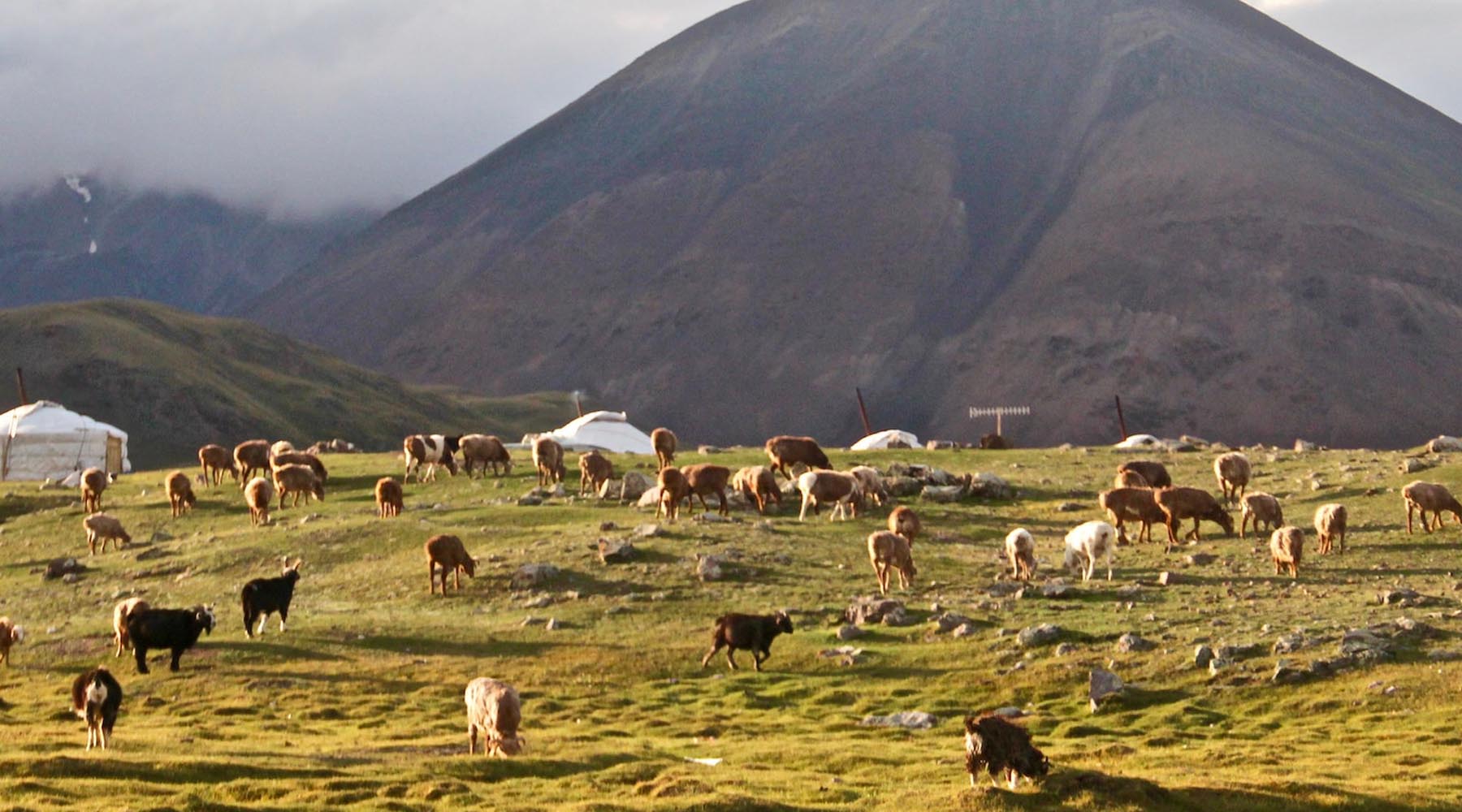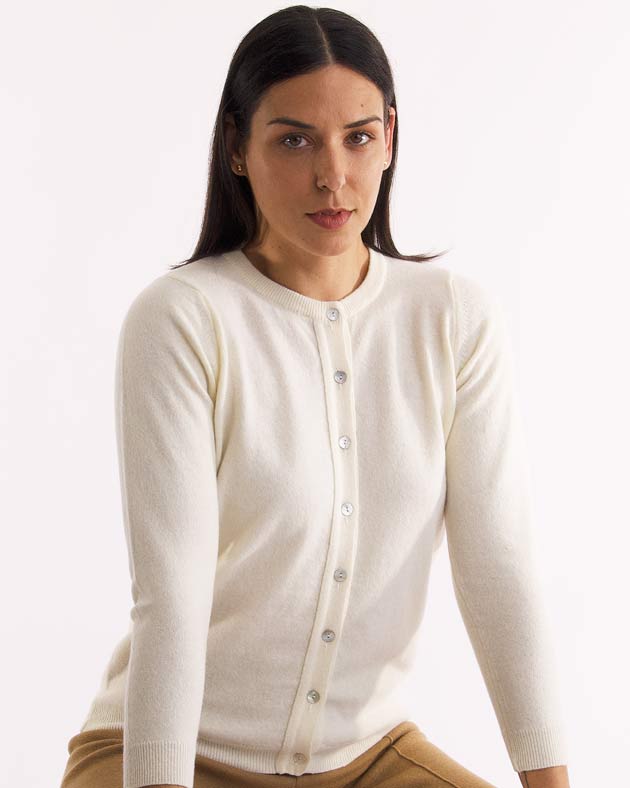Article: 10 facts about the Cashmere

10 facts about Cashmere
1. Cashmere produced in Mongolia, a country in the heart of Central Asia known as "The Land of the Eternal Blue Sky", is a nation of unspoiled landscapes where the goats that produce cashmere, one of the softest natural fibers, live on the steppes.
2. with Mongolia being the main producer, there are other countries where you can find goats of the Cashmere breed: China, Iran, Iraq, Turkey and Afghanistan.
3. It is in the spring that the undercoat of the goats is harvested from Cashmere and there are around 300,000 nomadic herding families who collect and sell this very high quality wool from the goats that live in the wild.
4. Wool from Cashmere is eight times warmer than sheep's wool and five times finer than human hair.
6. It is naturally designed for cold weather. The colder the air temperature, the more the fur grows to protect the animals from the cold and the fluffier this raw material becomes.
7. It has been in fashion since the 19th century. In the early 1800s, it was brought to Western Europe and became a symbol of elegance and luxury. It was only worn by the upper classes and became a symbol of power and wealth, which it still is today.
8. It is extremely rare because it is a finite resource. There is only a small quantity in the world and the price reflects this.
9. It's hypoallergenic. Most fibers cause itching or redness on the most sensitive skin. Wool from Cashmere is comfortable for all skin types and can be worn directly on the body without any discomfort.
10. With proper care it can last a lifetime!
text: Filipa Achega
photo: Bolatbek Gabiden on Unsplash







